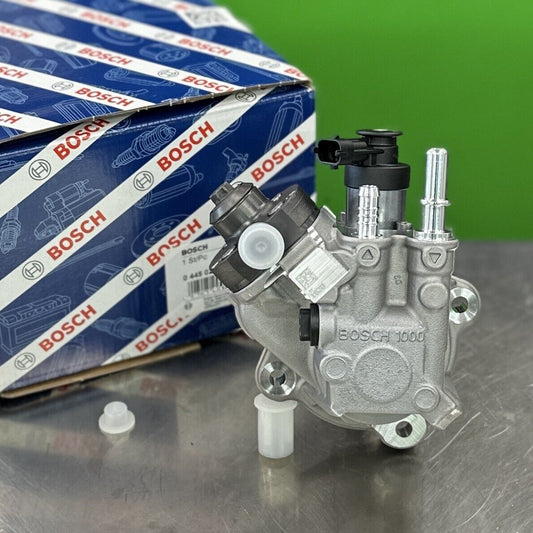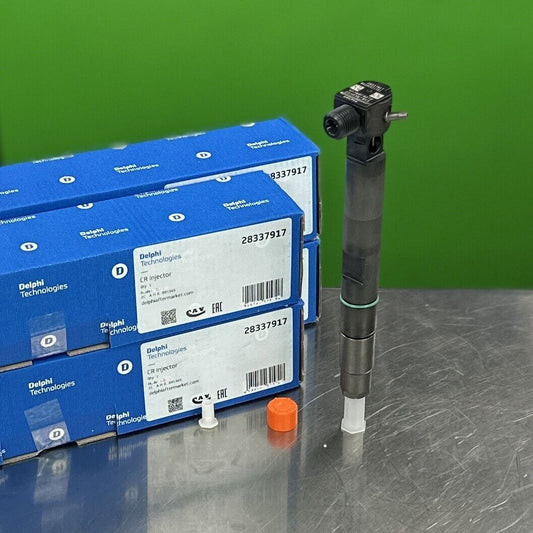Diesel Engine Noise: Understanding and Reducing Noise Emissions
Diesel engines generate noise from various sources, including:
- Engine combustion: The rapid combustion of diesel fuel in the engine cylinder creates a characteristic knocking sound.
- Fuel injector noise: The high-pressure fuel injectors used in diesel engines can make a clicking or chattering sound.
- Turbocharger noise: Turbochargers, which compress air to improve engine performance, can produce a whistling or whooshing sound.
- Air intake noise: The intake of air into the engine can create a whooshing or growling sound.
- Exhaust noise: The exhaust system, including the muffler and tailpipe, can amplify noise from the engine and turbocharger.
Strategies for Reducing Diesel Engine Noise:
- Engine design optimization: Engineers are working on optimizing engine design to reduce noise generation, such as using quieter combustion chambers and acoustically tuned intake and exhaust systems.
- Advanced fuel injection systems: High-pressure common rail injection systems, which precisely control the injection of fuel, can contribute to quieter combustion.
- Noise insulation: Noise insulation materials can be used to absorb and reflect noise, reducing the transmission of noise from the engine compartment to the cabin.
- Turbocharger noise suppression: Active noise cancellation or passive noise absorption can be used to mitigate noise from turbochargers.
- Advanced exhaust systems: Mufflers and tailpipes can be designed to trap and dissipate noise, reducing exhaust noise emissions.
- Data-driven noise optimization: By analyzing engine noise data, engineers can identify specific noise sources and optimize engine calibration and exhaust system design to reduce noise emissions.
By implementing these strategies, automotive manufacturers can significantly reduce diesel engine noise, making for a quieter and more comfortable driving experience.



